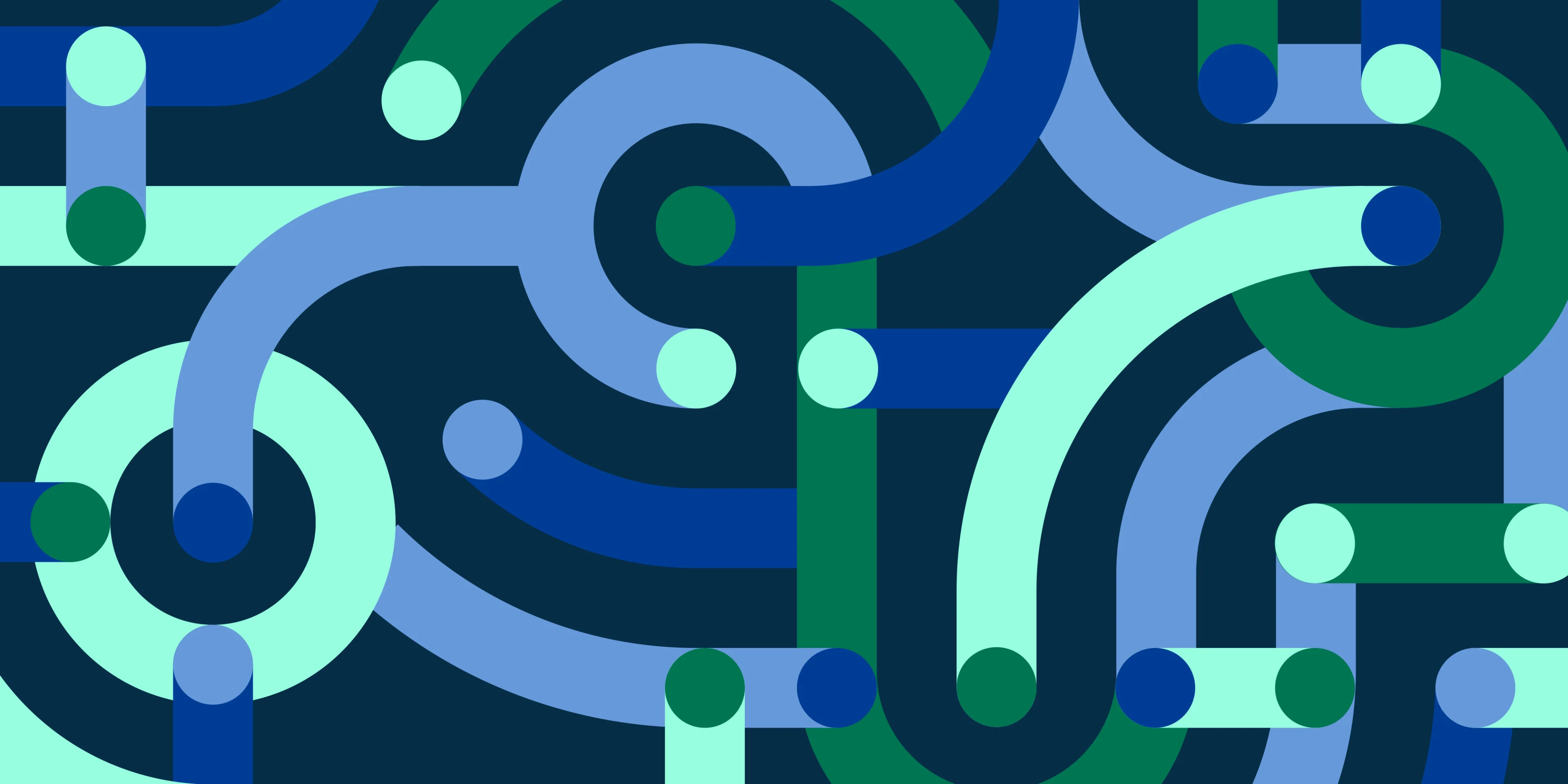
Sustainability
6 minute read
5 steps to successfully build a more sustainable supply chain
To achieve long-term sustainability, businesses must take a broad view with their approach and give careful consideration to their supply chains. What does this mean in practice? It means looking at sustainability in a very holistic way, going beyond the target of cutting scope 3 emissions to include matters such as just transition, human rights and biodiversity. Journalist Ashley Winchester found out more about the 5 key steps to build a more sustainable supply chain.
While the drive to be more sustainable has become omnipresent, the understanding of what this actually means - if we are to achieve long-term sustainability - is also evolving.
Growing consumer awareness is a major factor, as this is setting the bar higher and increasing the scrutiny for companies that call themselves sustainable. Forerunner companies, such as Neste, have an important role here as powerful drivers for change. By requiring their suppliers to commit to high sustainability standards - which are often tangible changes, such as improved safety practices and working conditions - companies can make a difference well beyond their immediate sphere of influence. This in turn creates a ripple effect of positive transformation towards lasting sustainability.
Here are the five key steps to build a more sustainable supply chain:
1. Taking a closer look at your suppliers
“You need to understand your role as a buyer. For Neste, the key is to assess potential sustainability risks and to proactively manage suppliers,” says Päivi Makkonen, Neste’s Vice President, Sustainability. “Before signing with a new partner, we focus on those risks and conduct due diligence.”
Risk-based assessments help buyers identify areas of greatest concern, and areas where it is important to go further down the supply chain to ensure sustainability claims meet targeted goals.
This process could start with questionnaires, followed up by in-person audits to investigate further where there may be areas arising from the questionnaires that are flagged up.
While this might seem like yet another hurdle for suppliers, approaching this step with positivity and a sense of creating value for the supplier will pay dividends in the long run for all parties.

Päivi Makkonen, Neste’s Vice President, Sustainability
2. Deepdive into employment and living standards
Goal 8 of the United Nations’ Sustainable Development Goals includes the promotion of “full and productive employment and decent work for all.”
In the same way as living wages, worker satisfaction and safety at work play an important role within sustainable supply chains.
“Some 20-30 years ago, workplace safety was the first topic we thought about when thinking about working conditions,” Makkonen points out. “Now, we’ve realized there is a lot more to it if you want to have decent work and living.”
The best way to measure this aspect is through direct engagement via surveys of both suppliers and workers, and collecting many data points from both parties.
To this effect Neste conducts on-site, anonymous surveys of workers and contractors across its global supply chains. Responses provide insights into various topics affecting workers employed by suppliers and contractors – for example, inequality, living wages, recruitment fees, and children’s access to education, all priority areas in Neste’s human rights ambition for 2030.
The data collected from these surveys can be analyzed with AI, helping to highlight areas and ways in which working conditions can be improved as a priority and, importantly, giving the employer a useful insight into worker satisfaction.
3. Are the employees earning a living wage?
Sustainable supply chain management considers both natural and social issues. Living wages are a catalyst through which a company can positively influence the latter.
It is important to note that this is not the same as a government-set minimum wage, which is usually lower. The living wage takes into account the cost of housing, food, and other basic needs, such as education - in other words it covers the costs of living.
If a supplier pays a living wage, the workers’ quality of life is improved and inequalities are reduced.
“We first talk with suppliers about the living wage during the onboarding process,” Makkonen explains. “When employees are paid a living wage, they are more motivated, more productive, and have more disposable income, which then benefits the economy as a whole.”
Neste works with data from the Fair Wage Network in assessing living wages and promoting its importance in the supply chains.
4. Go beyond direct suppliers
When looking at supply chains, the first link in the chain is the most straightforward to approach for a sustainability assessment - simply because the direct relationship is already there. However, the biggest risks may lie further along the supply chain.
For example, if a company’s immediate counterpart is a trader, that trader will be buying the product from a producer. The biggest risk there is not likely to be the trader, but rather the next steps down the supply chain – the companies which produce the material.
But it can be challenging to encourage suppliers further down the line to agree to disclose sustainability-related data.
“The further one goes down the supply chain, the less visibility and leverage any one company has,” Makkonen says. “Where possible, try to collaborate directly with your suppliers’ suppliers, by organizing training or by conducting audits, and aim to understand their sustainability practices.”
New legislation in the EU and elsewhere, such as the corporate sustainability reporting directive (CSRD), and the corporate sustainability due diligence directive (CS3D), is set to help level the playing field, as revealing such sustainability-related data will become a built-in part of doing business, rather than an optional practice.
5. Keep learning, improving and collaborating
Ultimately, meeting sustainable supply chain goals is about building and cultivating relationships and trust.
“It really requires a lot of collaboration with the suppliers and the commercial teams within the business, so everyone understands that this is a joint effort,” Makkonen says. “When it comes to sustainability, it cannot be achieved in silos.”
She cites setting biodiversity targets as an example of a collaborative effort toward sustainability across the supply chain. Here, it is crucial to work with partners who have an intimate knowledge of the unique biodiversity of the region, and how best to address a location’s specific needs. This may involve a commitment to fostering positive change in an area where you do business, while not always knowing, at the outset, how to achieve the vision.
“It takes a lot of courage to set these types of targets without knowing how to get there,” Makkonen says. “Sustainability is about improving your operations, constantly learning, and being willing to change to become more sustainable. You really need to keep learning from each other in trying to find new ways to tackle the sustainability challenge for the long term.”
Credits:
Ashley Winchester is an American journalist whose work has appeared in The New York Times and the BBC, among other national and international publications.





